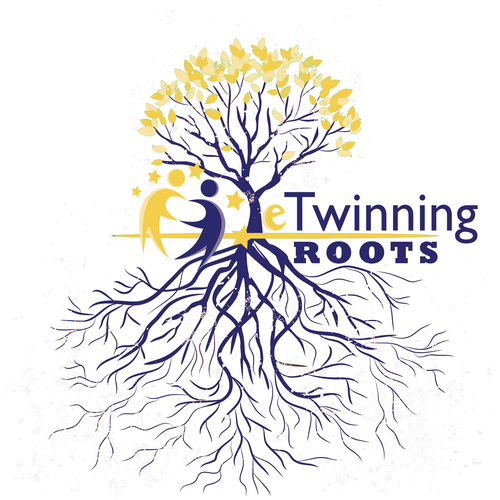About our project

Link to our Google Drive folder
https://drive.google.com/open?id=1IfLc9Y2CIj-B_zYDg8OycW2OoGfQsF5M
Roots
15-03-2018
Countries
Portugal - Manuela Correia (founder)
Serbia - Dalibor Todorovic (co-founder)
Latvia - Tanja Gvozdeva
Norway - Thomas Herlofsen
Turkey - Yıldız Kara

Description
Roots is a short-term project where students will learn about their partners’ culture in a creative way. They will look for features/characteristics/stereotypes of their own people, culture and country in order to populate a ‘bank’ (or several), in other words, they will learn their partners' and their own roots. Students will create imaginary Europeans living in an united Europe. To present and share their ‘characters’, students can produce movies, plays, websites, drawings, cartoons, presentations, games, etc. where they will be using and combining some of the characteristics/features taken from the bank(s).
Subjects
Music, Foreign Languages, ICT, Multimedia, Art, History, Geography, European Cultural Heritage
Languages
English
Pupil's age
9 - 15
Tools to be used
Chat, email, TwinSpace, Forum, MP3, Other software (PowerPoint, video, pictures and drawings), Web publishing, Video-conference
Aims
Develop imagination and creativity; develop ICT and English skills; be aware of the European Cultural Heritage; learn more about the European culture; learn their partners' and their own roots; respect different ideas.
Work process
Development
This project will be carried out from March till May/June 2018.
From March till April:
Teachers create a questionnaire and give it to their students to find out about their own people's stereotypes/features and country's characteristics.
Students populate a bank with data (whatever we agree on) related to their culture like facts, images, songs, dances, landmarks, words, common names of people, common characteristics of the people (blond, tall, dark skin, calm, talkative...), etc.
Partners can arrange videoconferences whenever possible so that the students can see some ‘real’ Europeans.
From April till May/June:
Each member creates at least one imaginary European living in an imaginary country using and combining some of the characteristics/features and info taken from the bank(s).
To present and share their ‘characters’, students can produce movies, plays, websites, drawings, cartoons, presentations, games, etc. where they will combine some of the characteristics/features taken from the 'banks'.
Expected results
Students will raise their awareness and understanding regarding the European cultural heritage, and learn more about their partners’ and their own roots, culture and people’s features/stereotypes by creating…
A bunch of creative imaginary Europeans living in an united Europe!